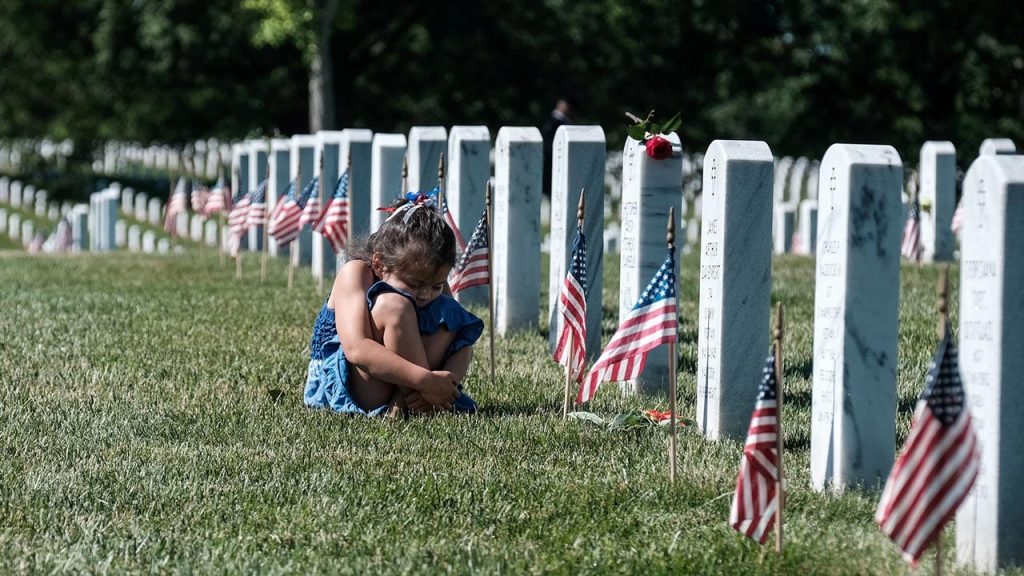On May 30, 1868, the first Decoration Day, now known as Memorial Day, was celebrated as a day of remembrance to honor those who died in service to the country. The day was originally observed to commemorate the sacrifices of Civil War soldiers by proclamation of Gen. John A. Logan of the Grand Army of the Republic. The first national commemoration took place at Arlington National Cemetery, where over 5,000 participants decorated the graves of over 20,000 Union and Confederate soldiers. Following the end of the Civil War, local observances at burial grounds across the U.S. gradually evolved into a national event to pay respect and remember fallen soldiers.
The evolution of Decoration Day began with Gen. John Logan calling for a nationwide day of remembrance on May 5, 1868. The first Decoration Day was filled with patriotism and solemn tributes, capturing the dedication to honoring fallen heroes. Gen. Logan chose May 30, 1868, as Decoration Day because it wasn’t the anniversary of any Civil War battle. Over time, Memorial Day started supplanting Decoration Day as the name of the holiday, eventually becoming a day to honor all fallen American troops, not just those from the Civil War. After World Wars I and II, Memorial Day took on renewed importance in remembering all of the fallen.
In 1968, the U.S. government passed the Uniform Monday Holiday Act, which included Memorial Day as one of the holidays to give federal employees three-day weekends. The act also codified the name Memorial Day into law. Nowadays, American towns and cities host Memorial Day parades each year, often incorporating military personnel and veterans’ organizations. Some of the largest parades take place in cities like Chicago, New York, and Washington, D.C. During Memorial Day observances, people visit cemeteries and memorials while wearing red poppies to remember those who fell in war.
On a national level, the Memorial Day Observation Ceremony at Arlington National Cemetery includes a prelude from the United States Marine Corp band, a wreath-laying ceremony at the Tomb of the Unknown Soldier, and an observance ceremony. The event is usually attended by the president of the United States and is open to the public. Memorial Day is a solemn American holiday that allows communities to come together to pay respects to those who made the ultimate sacrifice for their country. Through various traditions and ceremonies, individuals remember and honor the fallen soldiers, reflecting on their service and bravery.


